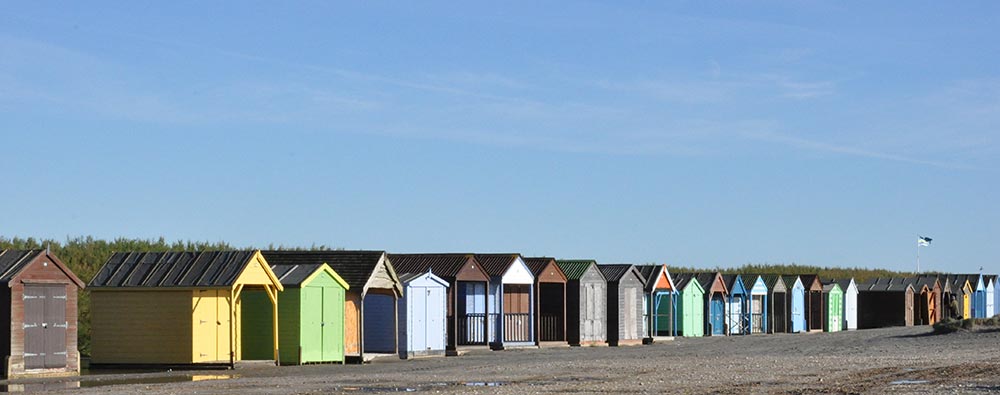Archaeology and History
The archaeological evidence from West Wittering represents all periods from the Palaeolithic [Old Stone Age] to more recent low intensity industrial activity during the 19th century. It is possible that the Romans landed here, and some of the boulders seen in the harbour adjoining the walkway between Snowhill and the Hinge may have been used as ballast in the Roman Galleys. The Saxon Wihthere gave the village its name Wihttringes (the settlement of Wihthere’s people).
The Church of St Peter and St Paul has been significant in the history of the area, owning much land in the Manhood. This is possibly the third or fourth church on this site, with the earliest records dating to about 740. Between 950-1010 the church was destroyed by fire during a Viking raid and it was rebuilt in stone between 1016 -1035. It was destroyed and rebuilt after the Norman invasion in 1066. Cakeham Manor and surrounding land was used by the Bishops of Chichester as their summer palace.
Field systems attributed to the Roman period, though more likely to be medieval, have been recorded east of Copse Farm. Landscape evidence of extensive agricultural activity is supported by Yeakell and Gardner’s map of 1778.
Utilisation of the rich silts clearly seen in the modern arable landscape bordering Cakeham Road does not seem to have been limited to agricultural use. Bricks and tiles were manufactured in Chapel Lane, East Cakeham Road and on the foreshore of West Wittering, as shown on the 1848 Tithe Award map.
